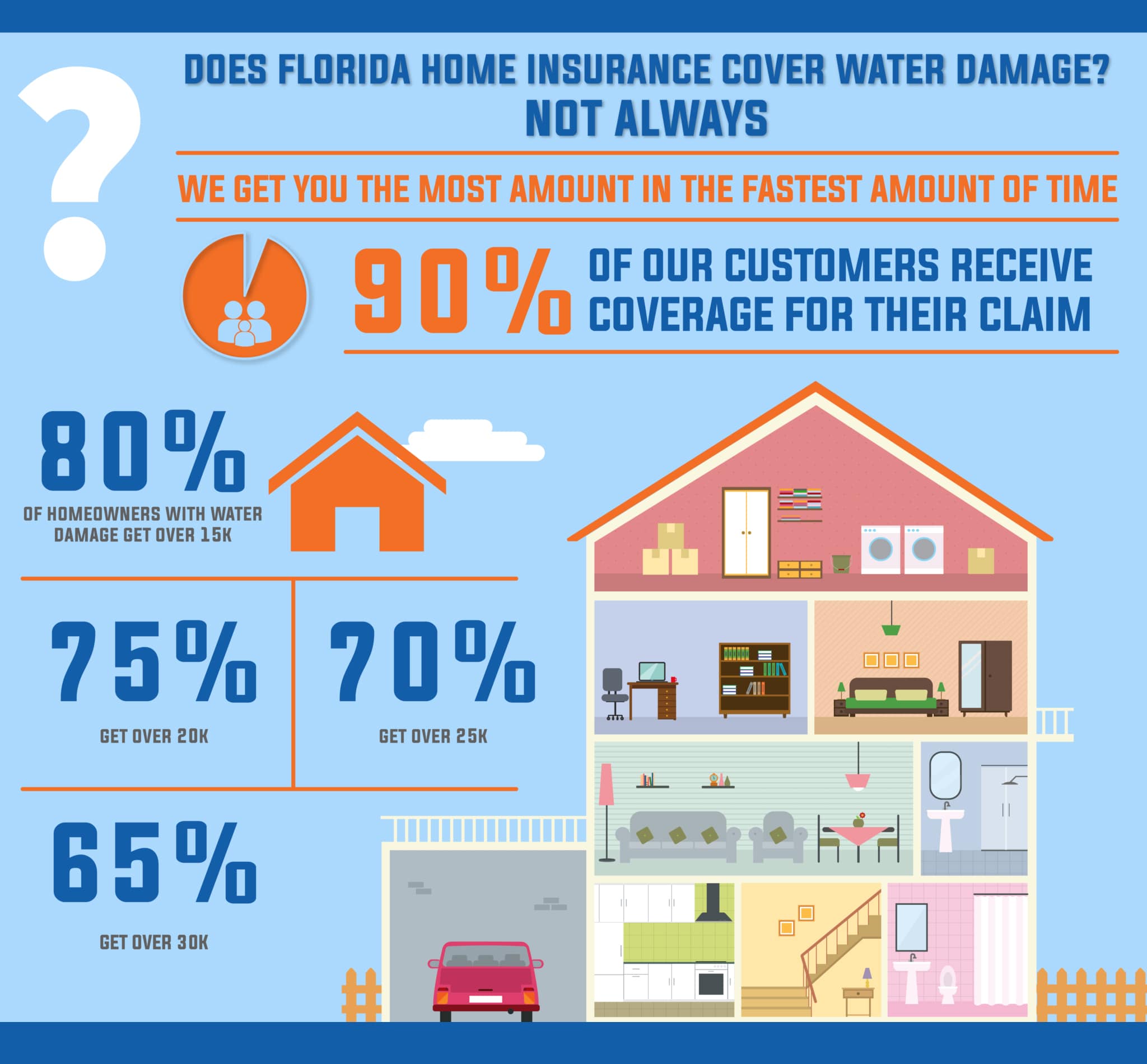Examining The Expenses Of Solar Power Equipments: Is It A Noise Investment Selection?
Examining The Expenses Of Solar Power Equipments: Is It A Noise Investment Selection?
Blog Article
Short Article By-McQueen Larsen
When thinking about the costs of solar setup, you may wonder about the upfront investment called for and whether it straightens with the possible long-lasting advantages. Understanding the details of these expenses and the various elements affecting the total return can clarify the value proposal of transitioning to solar energy. By reviewing both the initial arrangement prices and the projected financial savings with time, you can gain insight into whether the investment in solar setup holds promise for your economic future.
First Configuration Expenses
When considering the costs of solar installment, the first setup expenses play a critical duty in your decision-making process. These in advance expenses consist of the cost of photovoltaic panels, inverters, installing equipment, and installation labor.
The rate of photovoltaic panels can vary depending on the brand name, efficiency, and size you pick. Inverters are essential for transforming the sunlight's energy into usable electrical energy and be available in different types such as string inverters, microinverters, and power optimizers, each with its very own cost ramifications.
Mounting equipment, such as shelfs and rails, is required to firmly install solar panels on your roofing system or residential or commercial property.
The installment labor cost covers the specialist installment of the planetary system, guaranteeing that whatever is established correctly and effectively. Remember that while these first arrangement costs might seem high, there are usually refunds, tax obligation rewards, and financing alternatives offered to assist balance out the costs and make solar installment a lot more economical over time.
Long-Term Savings Evaluation
To understand the financial advantages of solar setup gradually, it's essential to carry out a thorough long-term savings evaluation. While the initial setup costs of solar panels may seem daunting, the long-term financial savings can surpass these expenses dramatically. By harnessing the power of the sun to produce electrical energy for your home, you can potentially save countless bucks on your utility bills over the lifespan of your planetary system.
One of the crucial elements to consider in a long-lasting financial savings analysis is the reduction in your power expenses. With photovoltaic panels, you can generate your electrical power, decreasing or even removing your reliance on the grid. This can bring about considerable savings, especially as utility prices continue to rise.
Furthermore, numerous governments supply incentives such as tax credit scores and refunds for mounting photovoltaic panels, even more improving your long-lasting cost savings. By capitalizing on these incentives and maximizing your solar power production, you can take pleasure in significant monetary benefits for years ahead.
Return on Investment Estimation
Thinking about the financial benefits of solar installment, it's time to assess the Return on Investment (ROI) computation. Figuring out the ROI includes comparing the overall costs of mounting a solar system with the financial advantages it creates over its life expectancy.
To compute ROI, divide the web make money from the system by the overall investment expense and multiply by 100 to get a percent. The ROI formula is: (Internet Revenue/ Total Financial Investment Price) x 100.
As an example, if the total cost of installing a planetary system is $20,000, and over its life expectancy, it produces financial savings and revenues completing $30,000, the web earnings would certainly be $10,000. Separating this by the complete investment price of $20,000 gives a ratio of 0.5. Multiplying solar energy home systems by 100 gives an ROI of 50%.
Usually, a greater ROI indicates a more financially satisfying financial investment. Aspects like federal government rewards, upkeep costs, and power cost variations can impact the ROI of solar installments. Recognizing solar installation company in analyzing whether buying solar power is worth it in the long run.
Conclusion
Finally, understanding the costs of solar installation is vital for figuring out if it is worth the investment. By considering initial setup expenses, carrying out a long-term cost savings analysis, and determining the roi, you can make an educated decision concerning the financial worth of solar energy. With the possibility for lowered utility expenses and raised power independence, investing in solar installment can be a wise selection for both your pocketbook and the environment.
